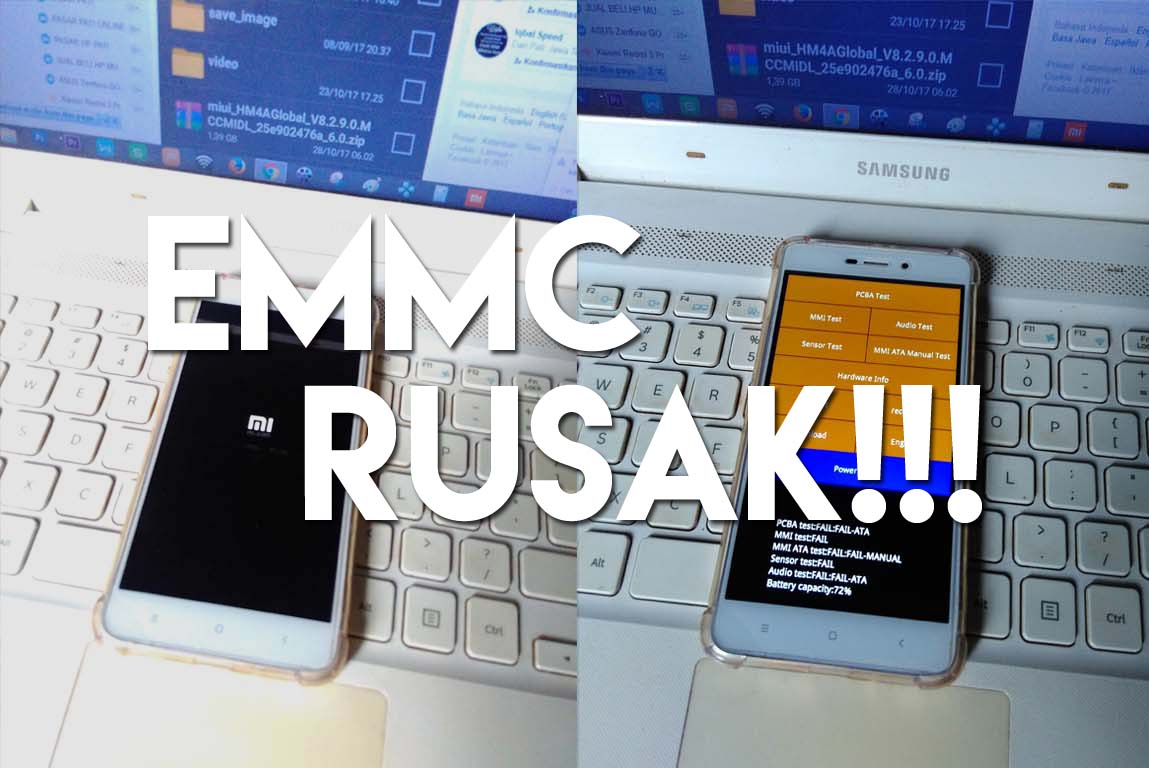Troubleshooting Power IC Issues

Have you ever encountered a device that suddenly stopped working? Perhaps your phone won't charge, your laptop refuses to power on, or your game console remains stubbornly lifeless. While there are numerous reasons why electronics can malfunction, one common culprit is a faulty power integrated circuit, often shortened to power IC. Understanding the indicators of a damaged power IC is crucial for troubleshooting and potentially repairing your devices.
The power IC is the heart of a device's power distribution system. It regulates the flow of electricity to various components, ensuring they receive the correct voltage. When this crucial component fails, the entire device can be rendered useless. Identifying the signs of a failing or damaged power IC can be the first step in restoring functionality.
Signs of a failing power IC aren't always obvious. They can manifest in various ways, making diagnosis a bit tricky. Some of the more common symptoms of a damaged power IC include overheating, no power at all, intermittent functionality, and unusual noises emanating from the device. Recognizing these symptoms can save you time and effort in the troubleshooting process.
The causes of power IC failure are varied. Sometimes, a simple power surge can overload the circuit, leading to permanent damage. Other times, manufacturing defects or physical damage to the device can cause the IC to fail. Even environmental factors, like excessive heat or moisture, can contribute to its demise.
Troubleshooting a potential power IC issue requires a systematic approach. First, ensure the device is properly connected to a power source. Check the power cord, adapter, and any relevant cables. If everything seems fine externally, further investigation may be required, which may involve testing the output voltage of the power IC using specialized equipment.
While specific testing procedures require specialized knowledge and tools, understanding the general principles of how a power IC works can be helpful. A power IC takes the input voltage and converts it into the various voltages required by the different components of a device. If these output voltages are incorrect or absent, it points towards a potential problem with the power IC.
One common misconception is that a faulty power IC always requires complete device replacement. While this is sometimes the case, particularly with smaller, more integrated devices, in many instances, the power IC can be replaced. This can be a more cost-effective solution than buying a new device.
If you suspect a power IC issue, it's important to exercise caution. Attempting to repair a device without proper knowledge and tools can be dangerous. If you're not comfortable working with electronics, it's always best to consult a qualified technician.
For further resources on electronics repair and troubleshooting, consider exploring online forums dedicated to electronics hobbyists. These communities can be invaluable sources of information and support.
Advantages and Disadvantages of Diagnosing Power IC Issues
| Advantages | Disadvantages |
|---|---|
| Potentially save money by repairing instead of replacing. | Can be complex and require specialized tools. |
| Learn valuable troubleshooting skills. | Risk of further damaging the device. |
Best practices for dealing with suspected power IC problems include: ensuring proper ventilation for your devices to prevent overheating, using surge protectors to safeguard against power fluctuations, and avoiding physical impacts that could damage internal components.
Frequently Asked Questions:
1. Q: Can a power surge damage a power IC? A: Yes, power surges can overload and damage the power IC.
2. Q: What are the signs of a faulty power IC? A: Overheating, no power, intermittent functionality, and unusual noises.
3. Q: Can I replace a power IC myself? A: It's possible, but requires specialized skills and tools.
4. Q: What should I do if I suspect a power IC issue? A: Consult a qualified technician if you're not comfortable working with electronics.
5. Q: How can I prevent power IC failure? A: Use surge protectors and ensure proper device ventilation.
6. Q: Are there online resources for troubleshooting electronics? A: Yes, many online forums and communities offer valuable information.
7. Q: What tools do I need to diagnose power IC problems? A: Specialized tools like multimeters and oscilloscopes are often needed.
8. Q: Is it always cheaper to repair than to replace a device with a faulty power IC? A: Not always, it depends on the device and the cost of repair.
In conclusion, recognizing the signs of a malfunctioning power IC is the first step towards resolving power issues in your electronic devices. While some basic troubleshooting can be done at home, more complex diagnoses and repairs should be left to qualified professionals. By understanding the function and vulnerabilities of the power IC, you can take proactive steps to prevent future issues and potentially save your valuable electronics from premature failure. Taking the time to understand these issues empowers you to make informed decisions about repairing or replacing your devices, potentially saving you time, money, and frustration in the long run. Remember to always prioritize safety and consult a professional when in doubt.
Transform your kitchen with sherwin williams cabinet paint colors
Unlocking your wheels bolt pattern a simple guide
Dulux trade matt emulsion brilliant white the professionals choice













